Hydropower plant plus energy storage
The production and consumption of electricity do not always run together concurrently. Both in industrial nations as well as in developing countries with a rising need for energy, there are daily fluctuations in the electricity grid. Pumped storage power plants are ideally suited worldwide in helping to even out these frequent changes between electricity shortages and surpluses.
Reliable and quick
As opposed to thermal power stations, pumped storage power plants are able to react in the shortest possible time to network fluctuations, by generating the required electricity or by absorbing any excess. Modern systems need just thirty seconds to start the pumps or turbines up from a standstill. In the event of a power failure, pumped storage power plants can re-establish the power supply to the network without an external energy supply.
A pioneer in renewable energy
The highest installed capacity of pumped storage power plants can be found in the USA, China, Japan and Western Europe. More and more countries around the globe are turning to the potential of pumped storage power plants as they prepare the way for increased use of renewable energy. Wind and solar power plants are subject to strong natural fluctuations. They cannot always provide electricity in the required amounts or at the desired time. Excess energy thus needs to be stored so that it can be made available at any time. With the current state of technology, there is only one possibility for achieving this in an economically viable, large-scale way: with the help of pumped storage plants. This means that the demand for pumped storage power plants will continue to grow worldwide.
Voith has over one hundred years of experience with pumped storage plants, and supplies the most modern and efficient plants in the world.
Our solutions
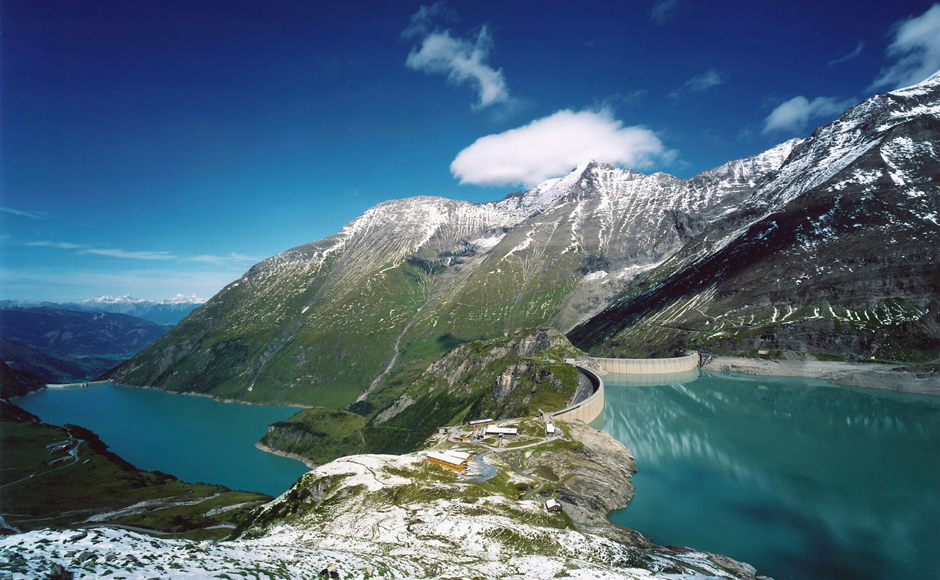
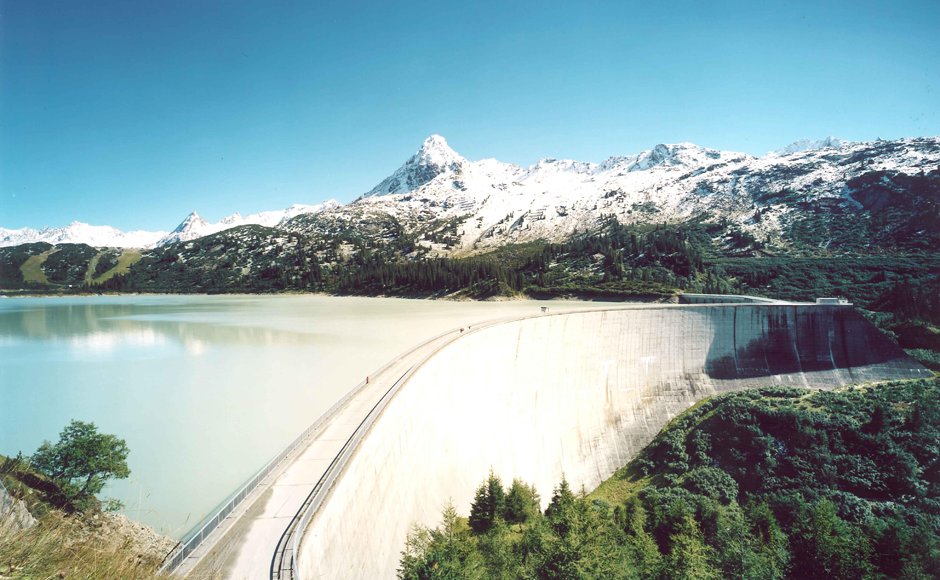
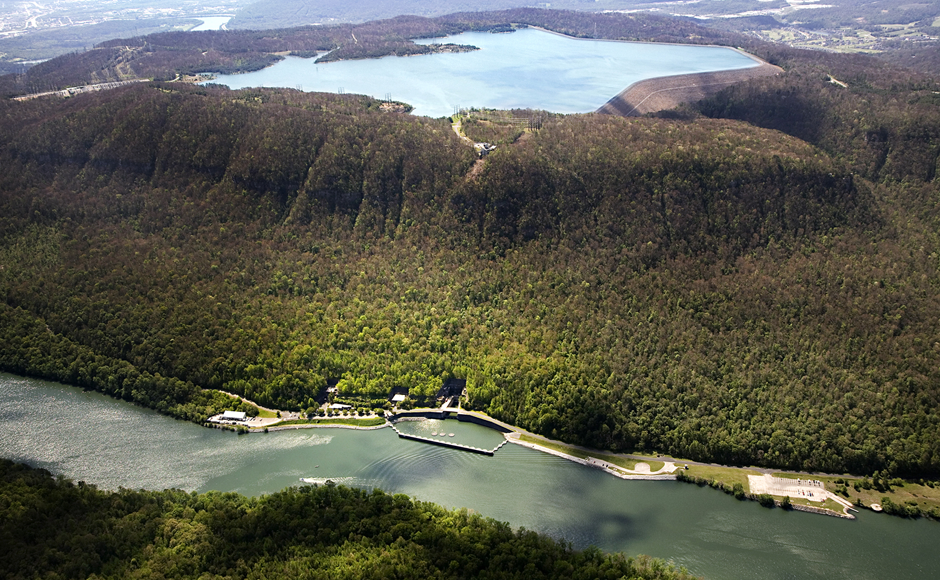
Here you can find a short version of our study about pumped storage plants
85 percent efficiency
Pumped storage power plants work at an efficiency level of up to 85 percent, which is extremely economical.
Worldwide, Voith has equipped pumped storage power plants with more than 400 units.
The operating principle – both simple and ingenious
The principle behind the operation of pumped storage power plants is both simple and ingenious at the same time. Their special feature: they are an energy store and a hydroelectric power plant in one. If there is a surplus of power in the network, the pumped storage power station switches to pumping mode: an electric motor drives pump turbines, which pump water from a lower reservoir to a higher storage basin. If the demand for electricity in the grid rises, water is released from the upper basin via a pressure pipeline to the bottom. The water causes the pump turbines to move, which now operate in turbine mode and are used in turn to drive the generators. Within seconds, electricity is generated and fed into the network.
„Pumped storage power plants are becoming more important with the increasing share of renewable energy.”
Jürgen Schmid, Fraunhofer Institute for Wind Energy and Energy System Technology
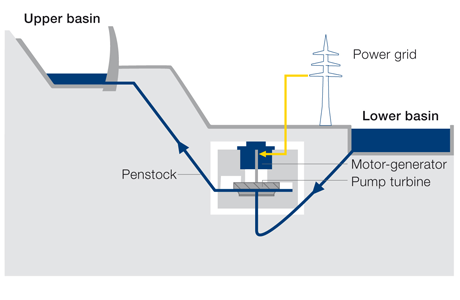
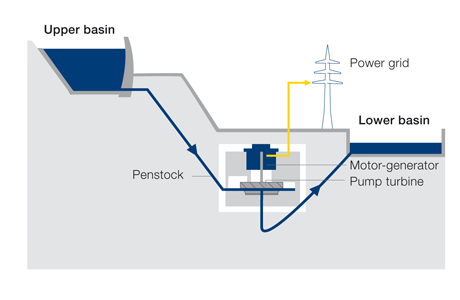
Selected references
Voith builds the first pumped storage plant in Germany
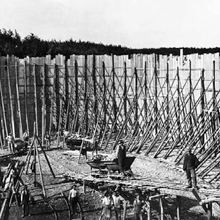
In 1907, the Heidenheim-based entrepreneur and engineer, Friedrich Voith, purchased the Brunnenmühle, a water mill close to his factory and established a research institute for hydro turbines there. The mill lies in a valley on the River Brenz. In order to achieve the required drop height for his turbine experiments, Voith constructed an uphill water storage tank in neighboring Schlossberg. From there, the water rushed through pipes into the Brunnenmühle. If the tank was empty, water was pumped up from the bottom again. Through this research institute at the water mill, Voith almost inadvertently constructed Germany's first pumped storage plant. It was commissioned on 14 November 1908.
The Brunnenmühle is still used as Voith Hydro's research and development center. It was fully modernized in 2008.

